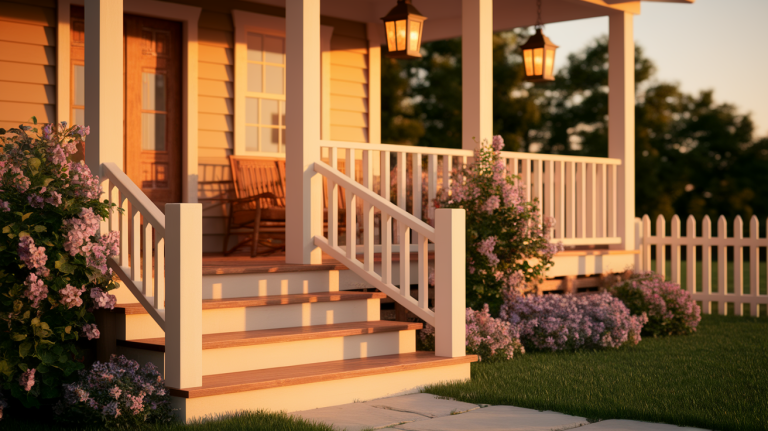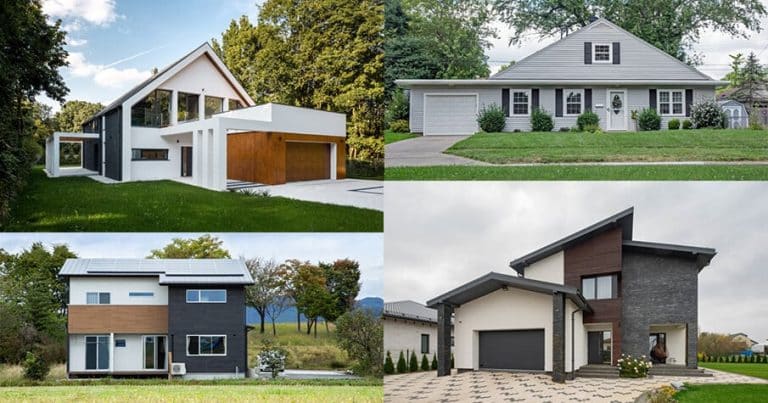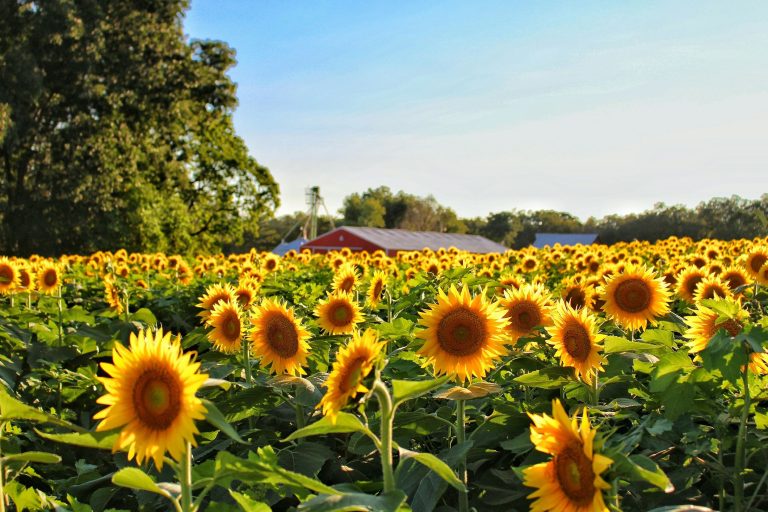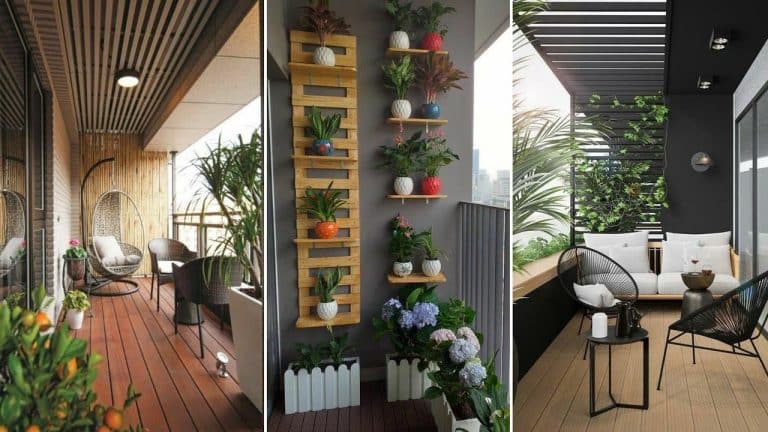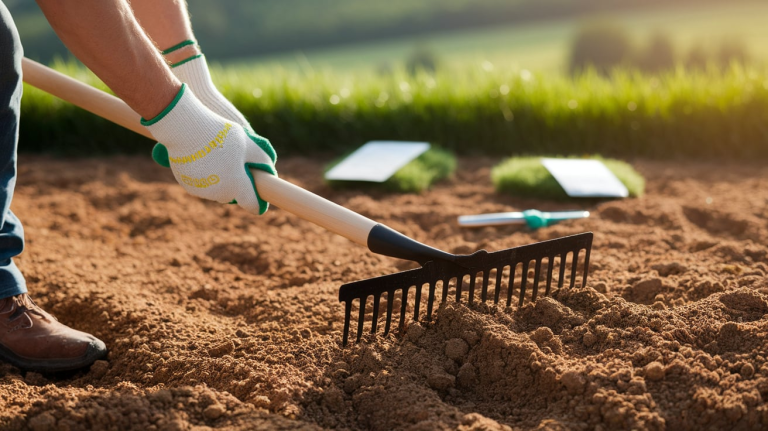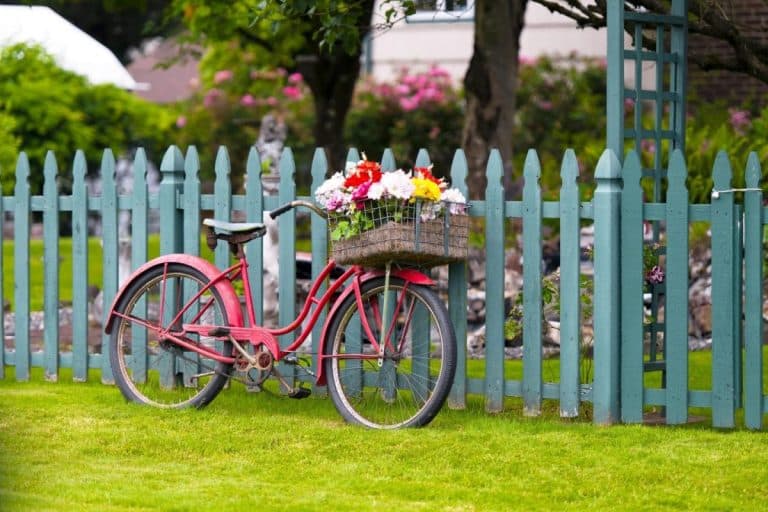Board on Board Fence: Pros, Cons & Style Guide
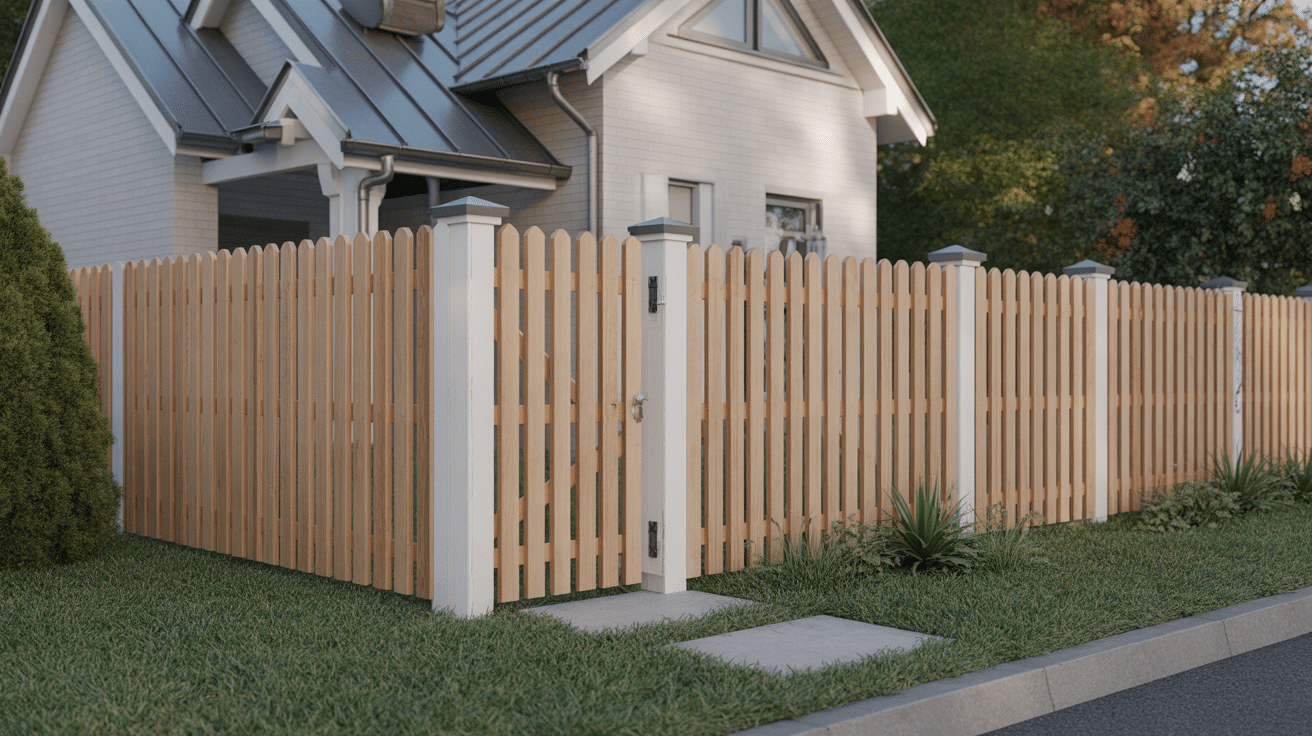
Looking for a fence that gives you real privacy? Well, a board-on-board fence might be just what you need.
It’s made by placing wooden boards on top of each other, ensuring there are no gaps. That means no one can see through it, not even from the side.
Some people add extra features like a board-on-board fence with a kickboard at the bottom. This helps keep the fence safe from water, mud, and lawn tools.
Of course, no fence is perfect. But some people love this style, while others don’t.
In this guide, you will explore the pros and cons, learn about different styles, and help you determine if this fence is right for you.
Why One Should Choose a Board-on-Board Fence?
Here’s what people really like about this fence style: it’s not just about looks.
These everyday benefits make a board-on-board fence a favorite for many homeowners:
- Maximum Privacy: Overlapping boards block all gaps, so no one can see through from any angle. Great for close neighbors.
- Dual-Side Appeal: Both sides of the fence look finished, so you and your neighbor get the same clean, polished view.
- Airflow Friendly: Small gaps between boards allow airflow, which helps reduce wind pressure and keeps your yard from feeling closed in.
- Noise Reduction: The thick, layered design helps reduce outside sounds like traffic, barking dogs, or loud neighbors.
- Slope Friendly: Works well on uneven yards; panels can be stepped or adjusted to fit sloped ground without large gaps.
The Drawbacks of Choosing a Board-on-Board Fence
Here are a few things to think about before you commit:
- Higher Material & Labor Costs: It uses more wood and takes longer to install, so expect to pay more than for basic fences.
- Heavier Maintenance Needs: Natural wood needs regular staining or sealing to protect it from sun, rain, and rot.
- Longer Build Time: Each board must be spaced and placed carefully, which slows down the installation process.
- Moisture Risk: Without proper sealing or airflow, boards can trap moisture, leading to mold, warping, or rot over time.
- Limited Material Options: Most are made from wood, vinyl or composite options exist but are harder to find and usually cost more.
Different Types of Board-on-Board Fences
Board-on-board fences come in a few different styles, and each one fits a different need.
Some are made to look fancy, some work better on slopes, and others help save on cost.
So, here’s a simple breakdown of the most common types and what the a’re best for:
1. Dog-Ear Board on Board Fence
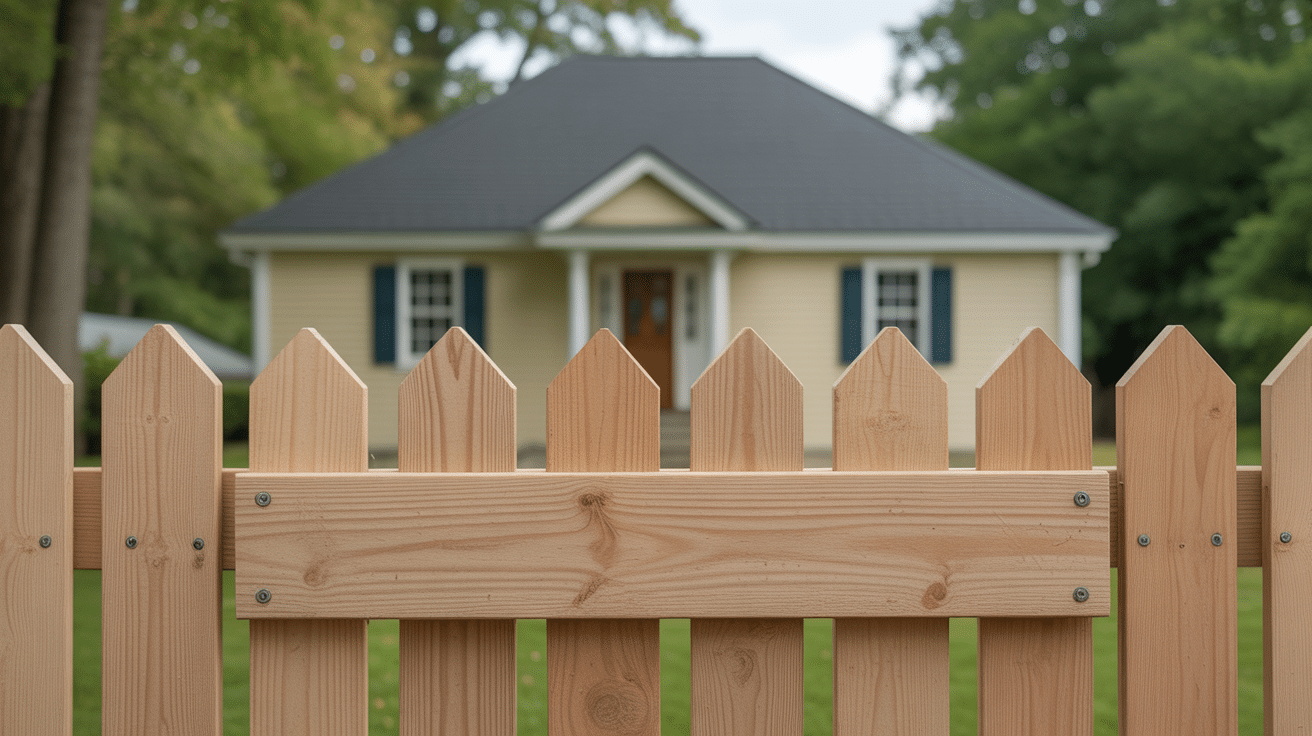
This style utilizes boards with rounded top corners, creating a softer, more traditional appearance. It offers full privacy and works well in casual or family-friendly yards.
It’s one of the more affordable board-on-board options and fits best on flat ground. If you like a simple design and want solid coverage without going over budget, this one works well.
Installation Cost: $20–$28 per linear foot
2. Flat-Top Board on Board Fence
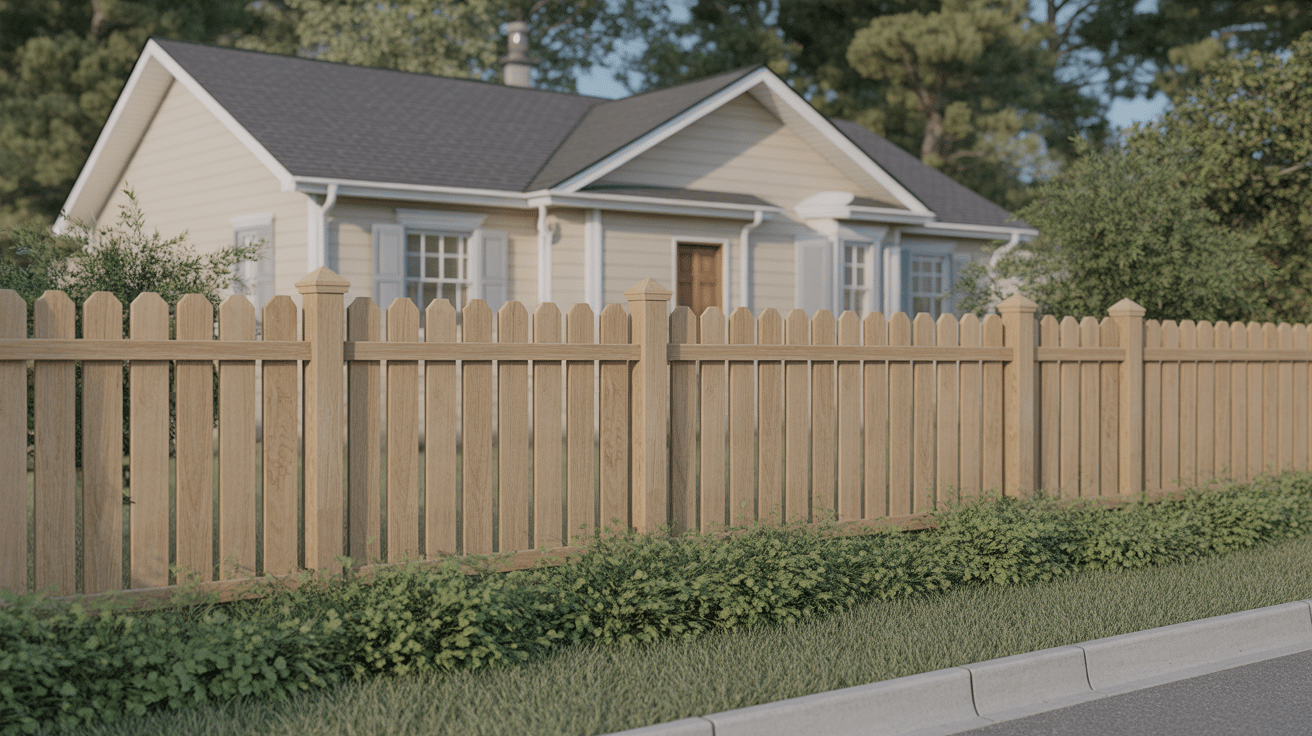
Flat-top fences have boards cut to the same height, resulting in a straight, even line across the top. This makes them look clean and modern.
They offer full privacy and suit newer homes or minimalist yards. They also handle slopes fairly well if stepped or custom-cut.
Installation Cost: $22–$30 per linear foot
3. Board on Board Fence with Top Cap

A top cap adds a single board across the top of the fence. It protects the top ends from weather damage and gives a cleaner edge.
This is great if you want added style without paying for full cap-and-trim. It’s also practical for rain protection and works in most yard types.
Installation Cost: $25–$35 per linear foot
4. Shadow-Box Hybrid Fence

In this semi-private design, boards alternate on either side of the frame. Air and light can pass through, but complete privacy is reduced.
It looks the same on both sides, making it ideal for shared property lines. Not the best for privacy, but great for airflow and visual balance.
Installation Cost: $22–$30 per linear foot
5. Board on Board Fence with Kickboard
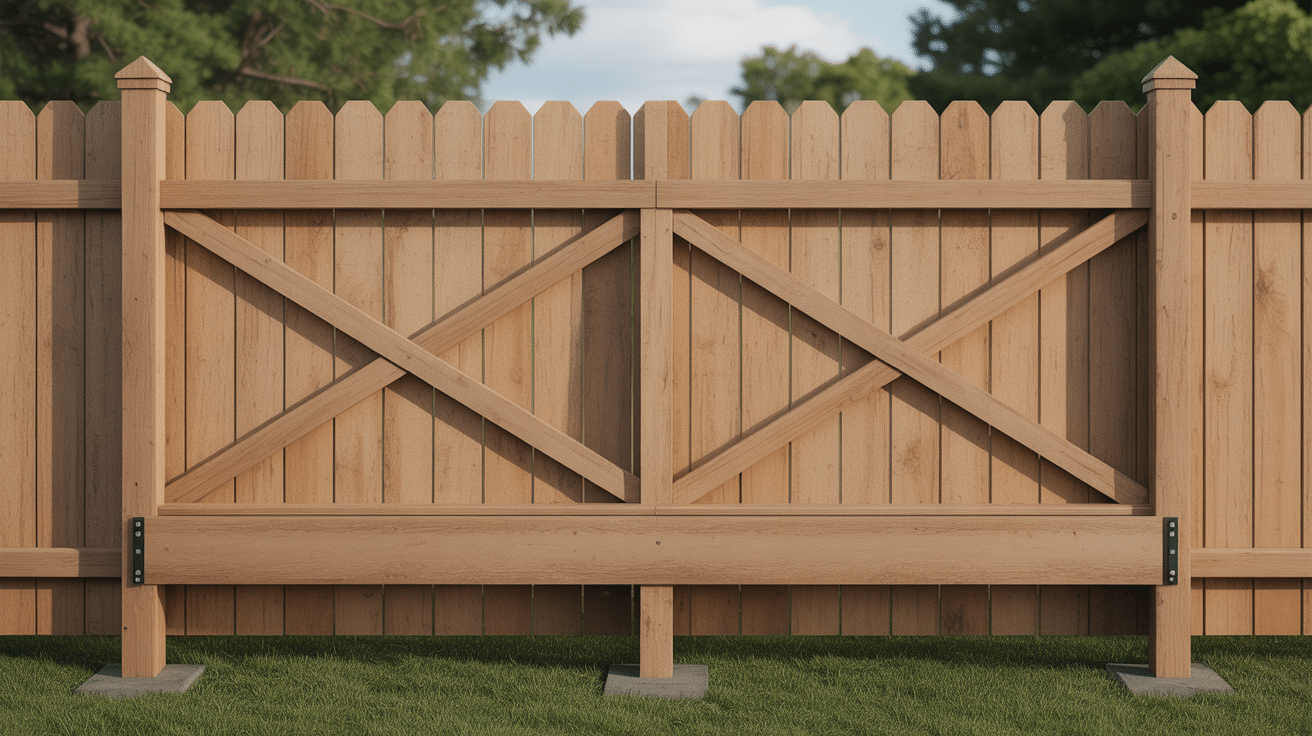
A kickboard is a horizontal board added at the bottom of the fence. It protects the base from rot, mud, pets, or lawn tools.
This type is perfect for sloped yards or places where the bottom of the fence meets grass or mulch. It’s also a smart choice if you want your fence to last longer in damp conditions.
Installation Cost: $26–$36 per linear foot
6. Stepped and Sloped Panels Fence

These styles help your fence follow uneven land. Stepped panels are placed in sections like stairs, while sloped panels follow the contour of the yard.
You can pair these with any board type to avoid big gaps at the bottom. Perfect for hilly or bumpy yards.
Installation Cost: $24–$38 per linear foot
Real-World Board on Board Fence Costs
|
Category |
Details |
|
Average Cost per Foot |
$20 – $45 per linear foot |
|
Material Options |
Cedar: Durable, weather-resistant, higher cost |
|
Labor Cost (Pro Install) |
$35 – $60 per hour (varies by region, yard size, and design complexity) |
|
Add-On Features |
Kickboard: +$3–$5 per foot Top Cap: +$4–$6 per foot |
|
Hidden or Extra Costs |
Staining/Sealing: Every 2–3 years Permits: May be required Repairs: Rot, warping, or loose boards over time |
Homeowner Opinions & Personal Experiences
People who have built board-on-board fences have a lot to say, and it’s not all the same.
On Reddit, one user mentioned that they love the look and privacy of their fence but wished they had added a kickboard to protect the bottom from moisture and trimming tools.
Another said adding a top cap gave the whole fence a finished, high-end look that made it feel more custom.
Some folks did bring up downsides like how much wood it takes and the extra time it adds to the build. Still, most agree the final result is worth the effort.
If you are doing it yourself, a few users recommend planning ahead for post spacing and double-checking your measurements to keep the boards lined up right.
Want to hear it straight from homeowners who have built one? Check out thisReddit thread on board on board fences for real opinions, tips, and photos.
Tips to Keep Your Fence Looking New
Taking care of your board-on-board fence doesn’t take much, but a little effort goes a long way.
Here’s how to keep it in shape:
- Seal or stain every 2–3 years to protect against sun, rain, and rot, especially if you’re using cedar or pressure-treated wood.
- Clean off dirt and mildew once a year using a low-pressure wash or mild soap to prevent buildup and keep the fence looking fresh.
- Inspect boards, posts, and add-ons after storms. Re-nail loose top caps and use rot-resistant wood for kickboards to avoid moisture damage over time.
Conclusion
So, is a board-on-board fence worth it?
If you want real privacy, something that looks good from both sides, and a fence that lasts, it’s a solid pick.
So, before choosing, think about your budget, how much maintenance you are okay with, and the style that fits your space.
It’s not just a fenc, it’s an upgrade to your home and peace of mind.

